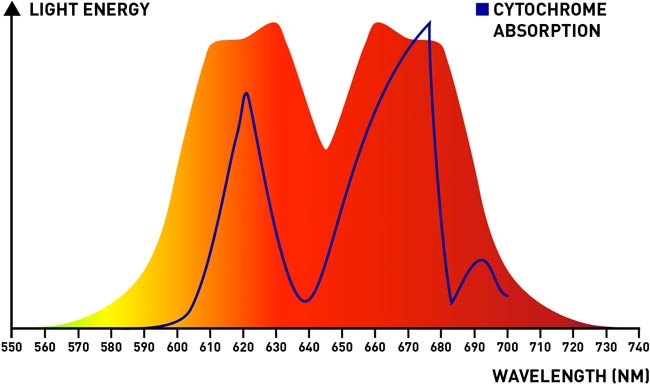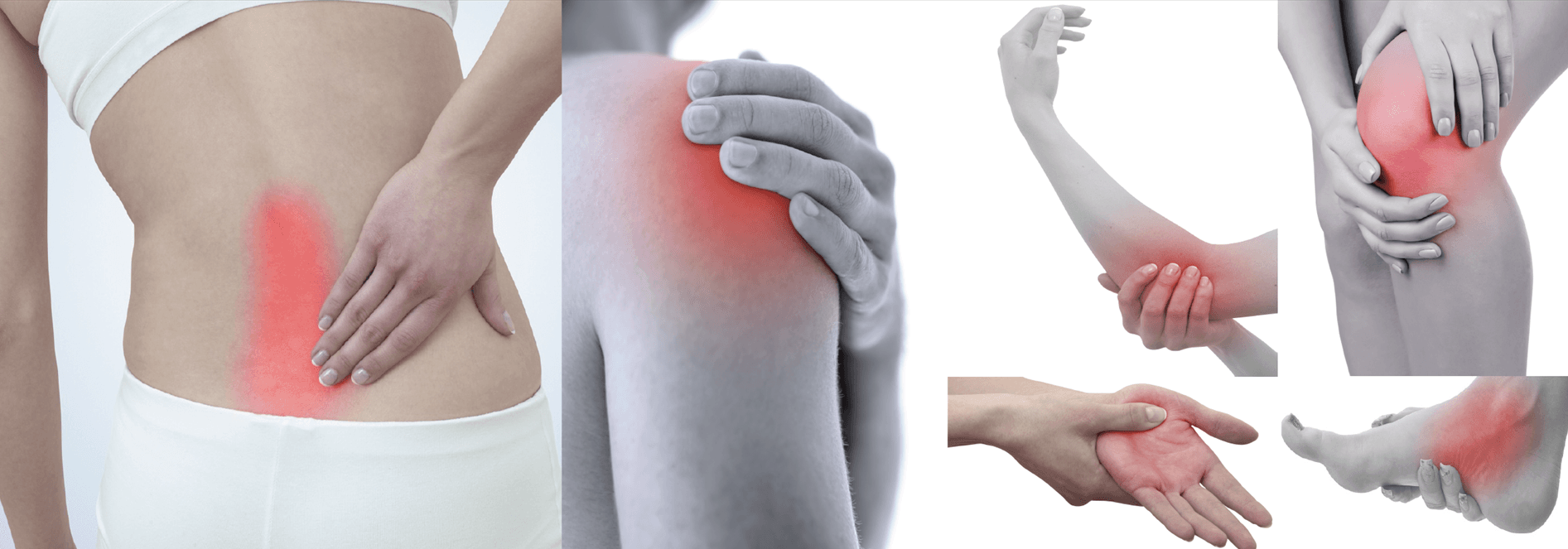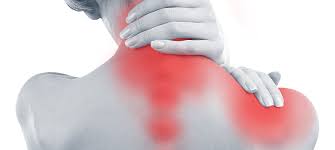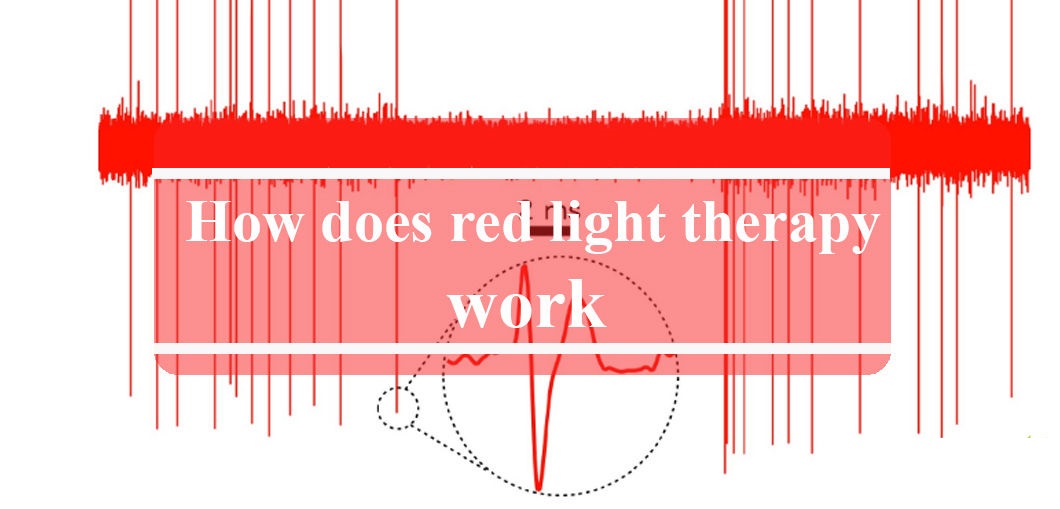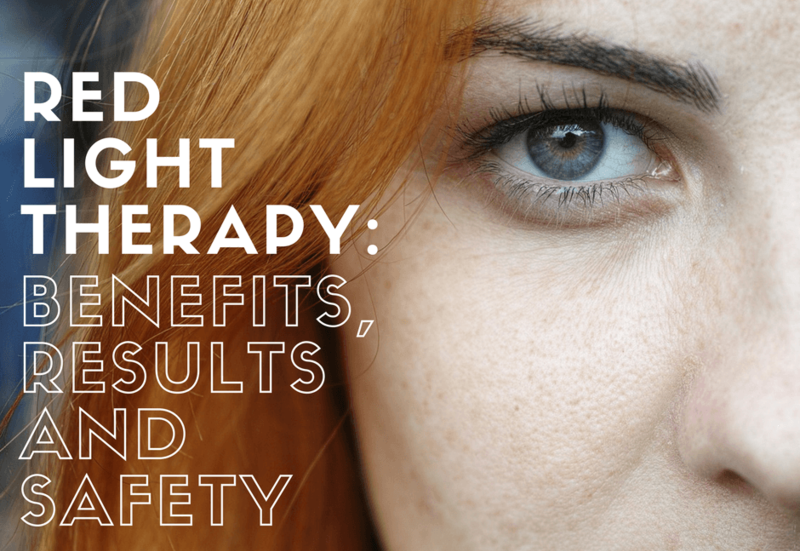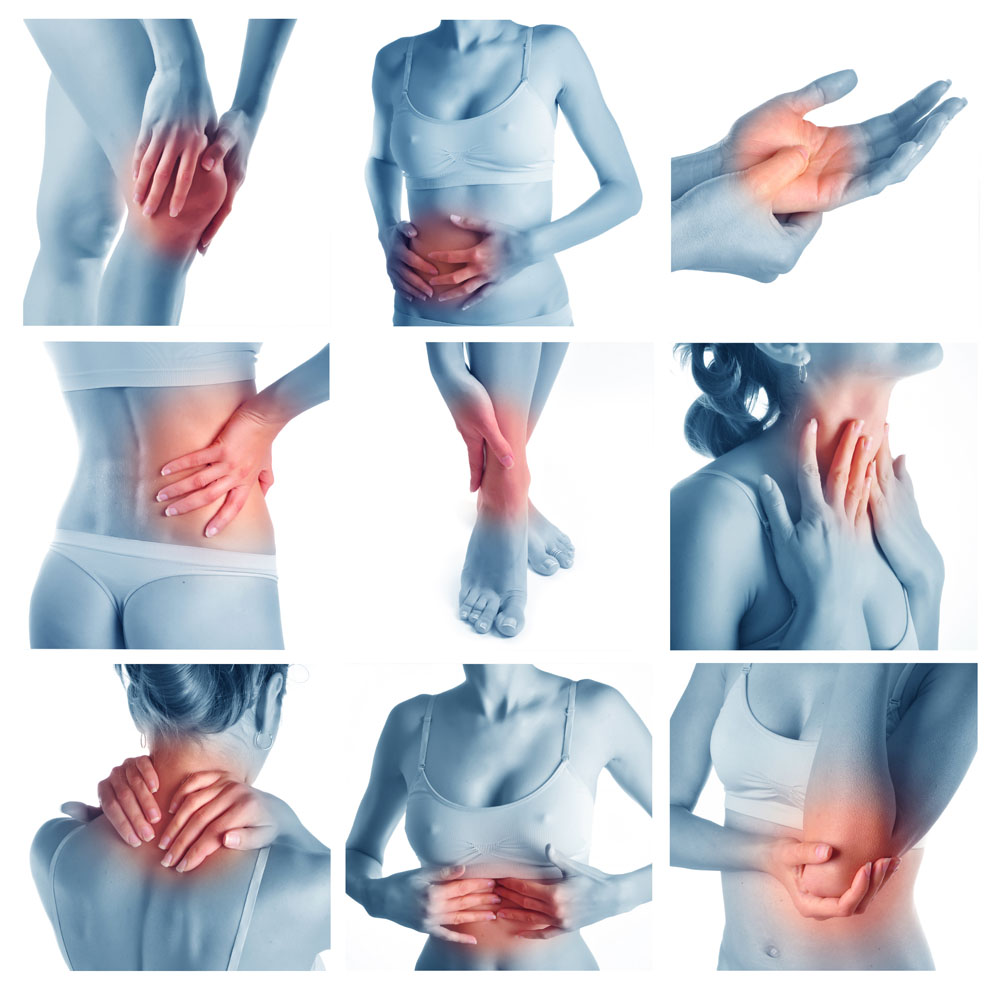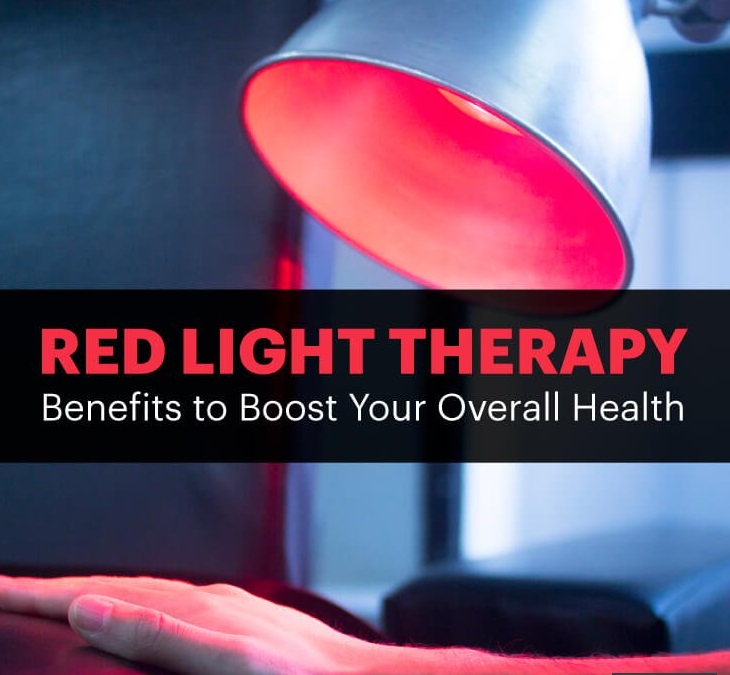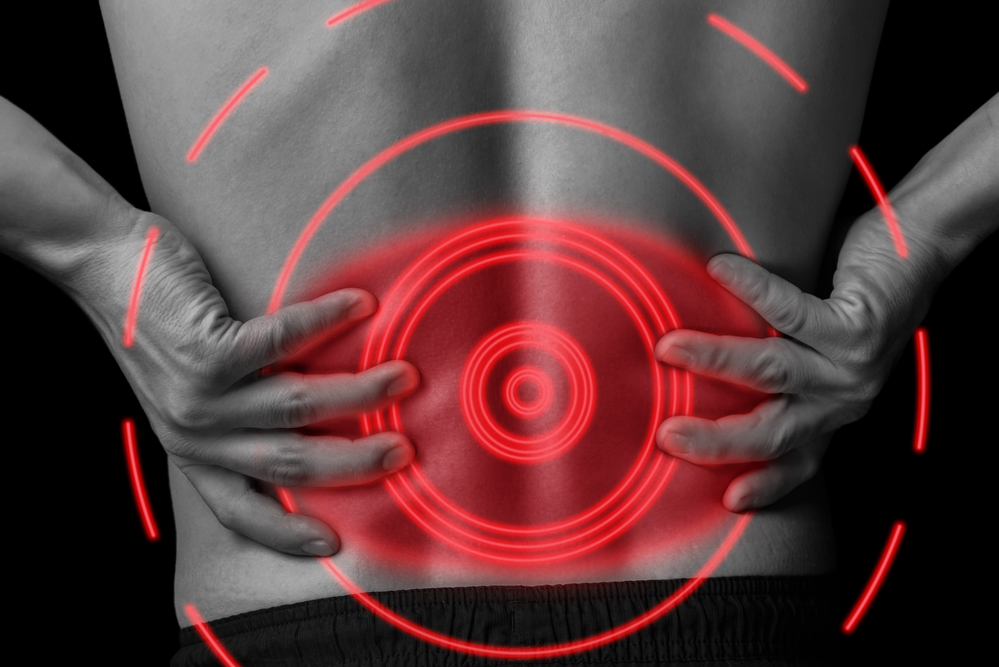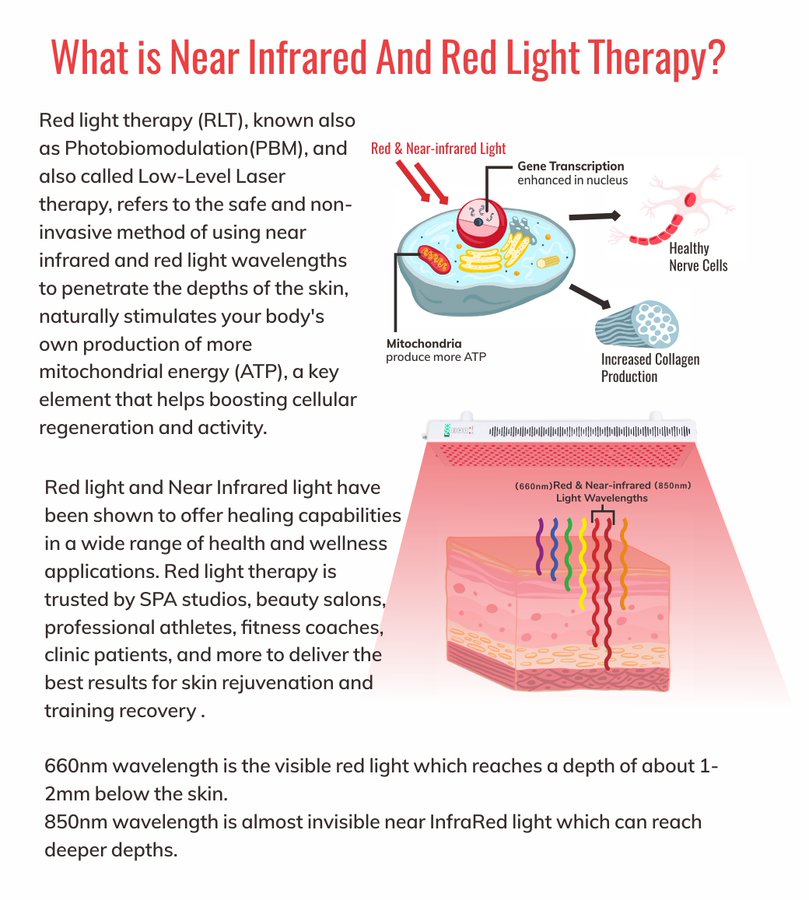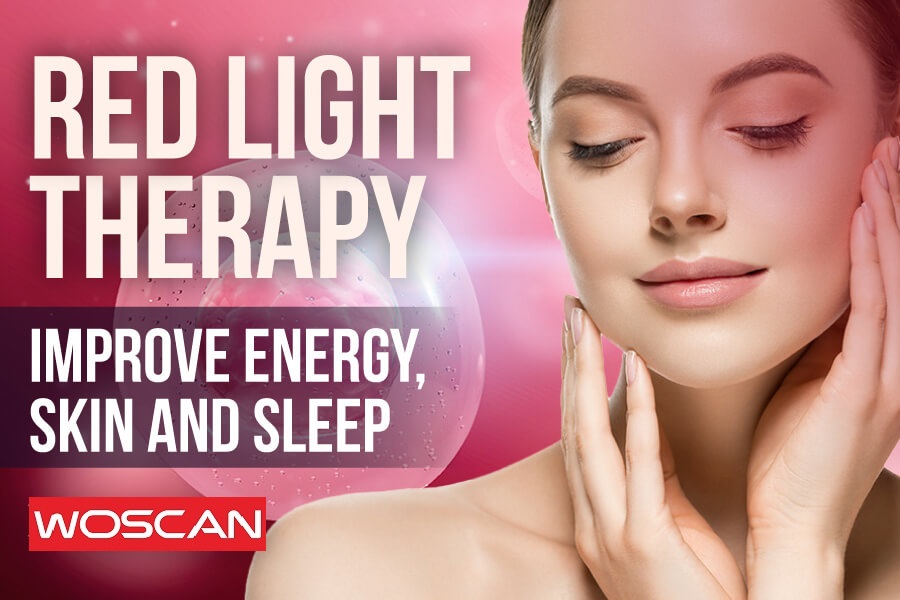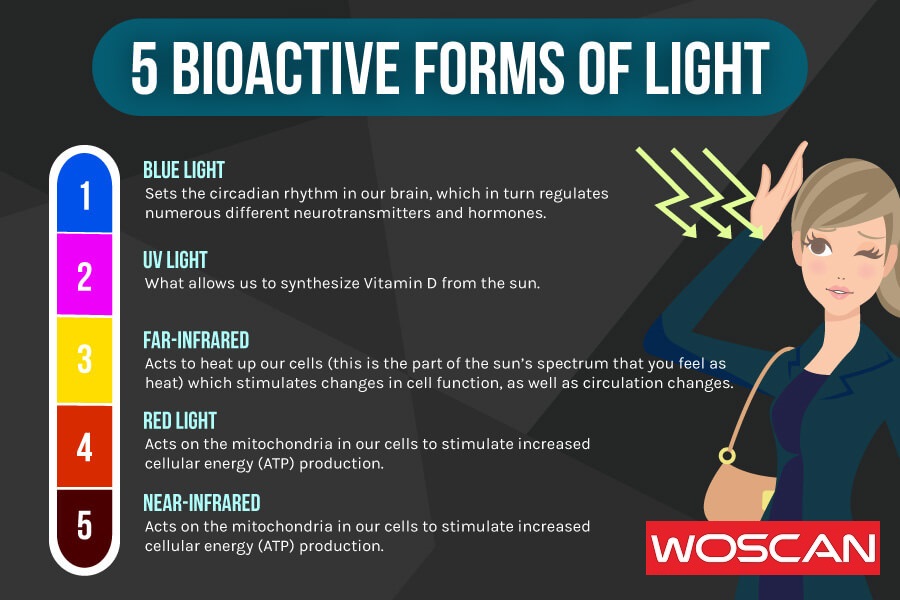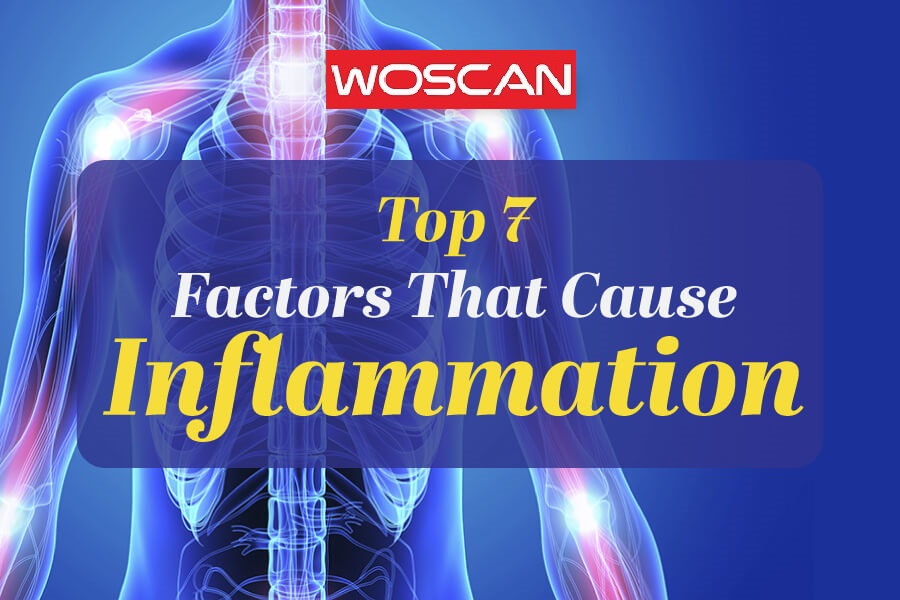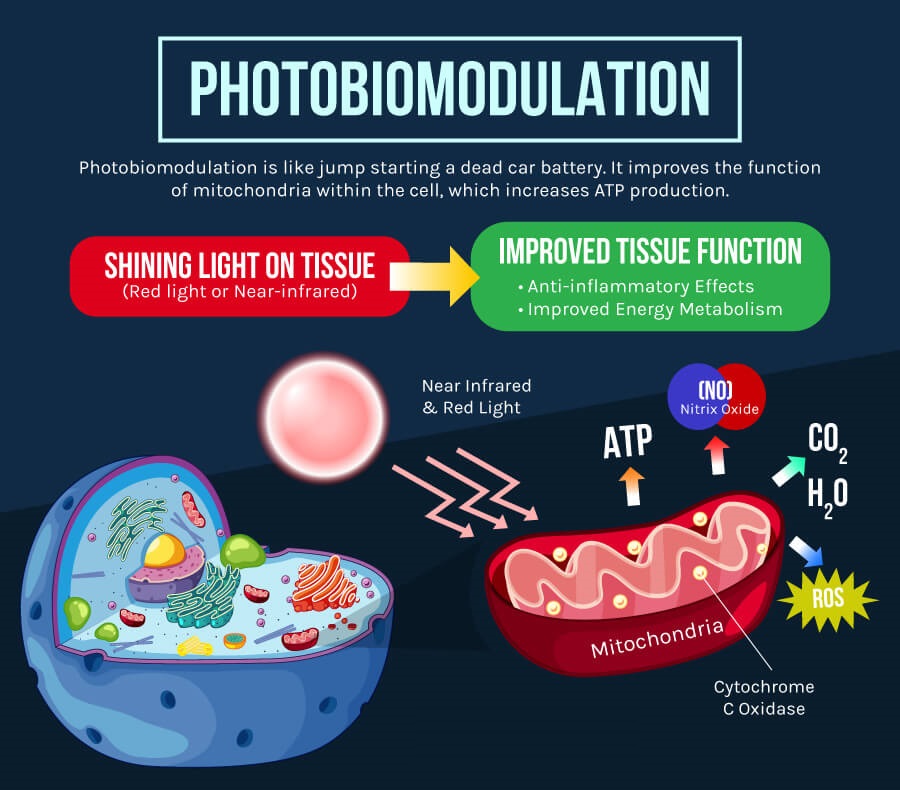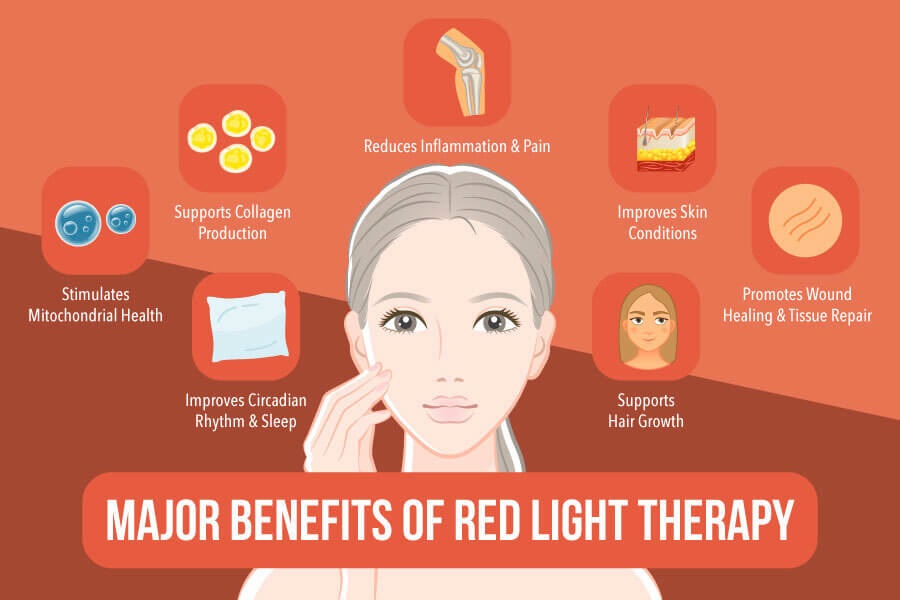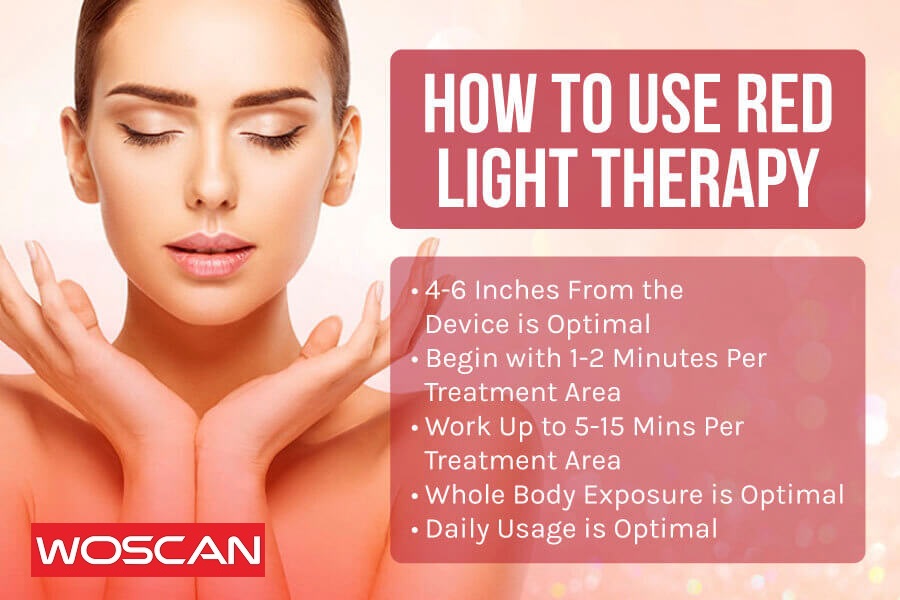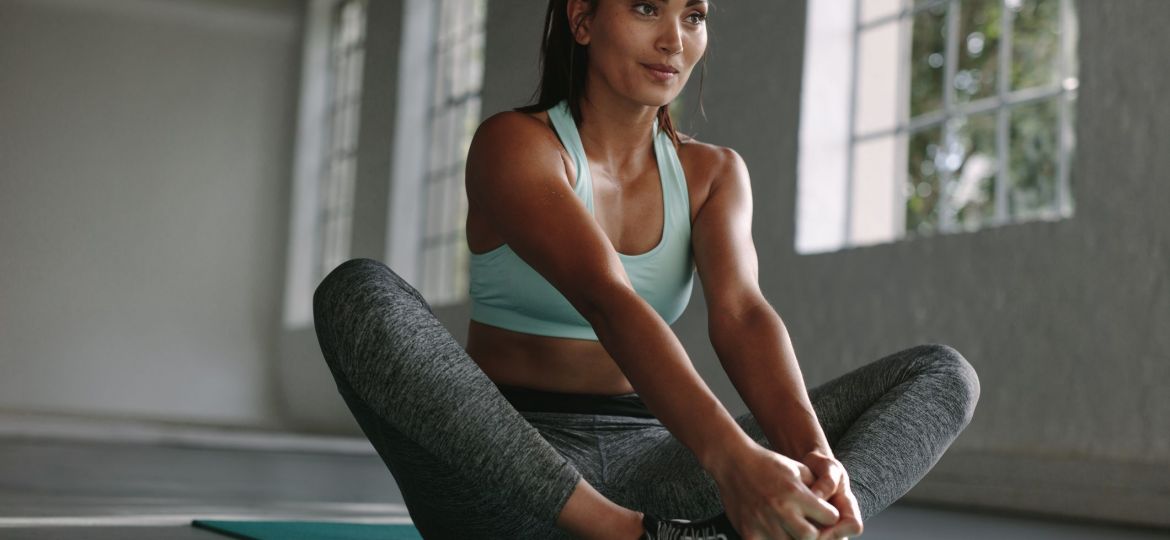
In the dynamic world of sports and fitness, we’re constantly exploring new methodologies to enhance recovery and boost performance. Among the myriad of techniques and innovations that have surfaced, Red Light Therapy (RLT) stands out as an amazing and science-backed approach that’s garnering attention from athletes and fitness enthusiasts alike.
But what exactly is Red Light Therapy? At its core, RLT employs specific wavelengths of red light to penetrate the skin and tissues, offering a range of physiological benefits. While it might sound futuristic or even reminiscent of a sci-fi movie, the principles behind RLT are rooted in decades of scientific research.
As more and more people are incorporating intense workouts into their routines, the demand for efficient recovery techniques has never been higher. In this article, we’ll delve into how Red Light Therapy could be the game-changer you’re looking for in post-workout recovery. Whether you’re a seasoned athlete, a weekend warrior, or just someone looking to maximize their fitness regimen, understanding RLT’s potential can revolutionize your recovery journey.
Understanding Red Light Therapy
To truly appreciate the potential benefits of Red Light Therapy (RLT) for post-workout recovery, it’s crucial first to understand what it is and how it functions.
At its essence, RLT is a therapeutic technique that utilizes specific wavelengths of red and near-infrared light. Unlike UV rays from the sun, which can be harmful, these wavelengths are designed to be beneficial, offering therapeutic effects when absorbed by the skin and underlying tissues. The magic primarily occurs in the 600nm to 900nm wavelength range.
Red Light Therapy isn’t a new-age fad; its foundations are deeply rooted in science. The therapeutic use of red light dates back to the early 1900s. However, it was NASA in the 1990s that significantly advanced our understanding. They used RLT to promote the growth of plants in space and found that the same wavelengths could have potential benefits for astronauts, particularly in wound healing. From there, researchers began to investigate its broader applications, leading us to the diverse range of uses we see today.
While RLT is gaining prominence, it’s important to distinguish it from other light therapies. Blue light therapy, for example, targets acne-causing bacteria, and UV light therapy is used for conditions like psoriasis. In contrast, RLT is known for its ability to stimulate cellular processes, reduce inflammation, and support overall tissue health without the heat or UV rays associated with other treatments.
In the coming sections, we’ll dive deeper into how RLT plays a pivotal role in muscle recovery. However, by grasping its core principles and distinctiveness, you’re better equipped to understand and leverage its full potential.
Mechanisms Behind Red Light Therapy
and Muscle Recovery
Unraveling the intricacies of Red Light Therapy (RLT) provides insights into its profound effects on muscle recovery. To comprehend its efficiency, we need to shed light on the cellular and physiological processes it influences. Here’s a deep dive into the key mechanisms at play:
CELLULAR ENERGY PRODUCTION
- The Role of Mitochondria and RLT: The mitochondria, often dubbed the ‘powerhouse of the cell’, play a pivotal role in producing energy vital for cellular functions. RLT primarily targets these cellular structures. When red and near-infrared light penetrates our tissues, mitochondria absorb this energy, which can enhance their ability to produce energy.
- ATP Production: Adenosine triphosphate (ATP) is the molecule responsible for storing and transferring energy within our cells. One of the most profound effects of RLT is its ability to stimulate ATP production. With more ATP available post-workout, muscles can recover faster and more efficiently, reducing downtime and enhancing overall performance.
REDUCTION OF OXIDATIVE STRESS
- How Exercise Induces Oxidative Stress: Vigorous workouts, while beneficial for our health, can also lead to an increase in reactive oxygen species (ROS), unstable molecules that can damage our cells. This is known as oxidative stress.
- RLT’s Role in Mitigating Oxidative Stress: RLT can help combat the ill effects of ROS by promoting the production of antioxidants within our cells. These antioxidants neutralize ROS, curbing inflammation and its associated muscle soreness. This means a potential reduction in post-workout inflammation, less pain, and a faster return to your training regime.
ENHANCED CIRCULATION
- How RLT Promotes Increased Blood Flow: When our tissues absorb the light emitted during RLT, a series of events leads to the dilation of our blood vessels. Known as vasodilation, this process ensures an increased flow of oxygen-rich blood to the treated areas.
- Benefits of Increased Blood Flow for Recovery: Enhanced circulation not only speeds up the removal of waste products that accumulate during exercise but also rapidly delivers essential nutrients to the muscles. This nutrient-rich blood aids in the repair and regeneration of muscle fibers, expediting the recovery process.
By understanding these mechanisms, it becomes evident that RLT is not just a superficial treatment. It acts deep within our cellular structures, tapping into the body’s innate recovery processes, and optimizing them for faster, more efficient post-workout recovery.
Benefits of Using Red Light Therapy Post Workout
The positive impact of Red Light Therapy (RLT) on post-workout recovery is not merely theoretical, extensive scientific research and real-world applications testify to its effectiveness. Here are some of the paramount benefits of employing RLT after your workout sessions:
- Faster Muscle Recovery: The enhanced cellular energy production, as discussed in the previous sections, provides muscles with the necessary resources to repair and regenerate more quickly, reducing the downtime between strenuous workouts.
- Decreased Muscle Soreness and DOMS: By addressing oxidative stress and promoting better circulation, RLT can alleviate the symptoms of Delayed Onset Muscle Soreness (DOMS), which many athletes and fitness enthusiasts experience after particularly rigorous training.
- Enhanced Athletic Performance: A study titled “Phototherapy during treadmill training improves quadriceps performance in postmenopausal women” found that, “Infrared-LED during treadmill training may improve quadriceps power and reduce peripheral fatigue in postmenopausal women.”[1] This finding underscores RLT’s potential to not only expedite recovery but also amplify muscle performance in specific demographics.
- Potential for Reduced Risk of Injury: With increased blood flow and faster muscle recovery, there’s a likelihood of reduced muscle strain and associated injuries. This means that athletes might not only recover faster but also potentially face fewer injuries over time.
- Support for Ligament and Joint Healing: Beyond muscle tissue, RLT has shown promise in aiding the healing processes of ligaments and joints. This is especially beneficial for athletes participating in high-impact sports or individuals with recurring joint issues.
- Increased Muscle Fatigue Resistance: Another compelling piece of research titled “Use of low-level laser therapy (808 nm) to muscle fatigue resistance: a randomized double-blind crossover trial” concluded, “These results suggest an increased muscle fatigue resistance when LLLT is applied during rest intervals, and after the last series of intense exercises.”[2] Such findings highlight RLT’s potential in extending an athlete’s endurance, allowing them to train harder and longer.
With these benefits elucidated by scientific studies and real-world applications, it becomes clear that RLT can be a pivotal tool in an athlete’s arsenal. Whether you’re striving for enhanced performance, faster recovery, or reduced risk of injuries, RLT might offer the solution you’ve been seeking.
Red Light Therapy: Clinical Studies
The benefits of Red Light Therapy (RLT) are not only supported by scientific literature but also by real-world experiences of those who have benefitted from it. Here’s a compilation of testimonials and highlights from significant case studies:
A Breakthrough for Pain Relief: A comprehensive study titled “Low-intensity LASER and LED (photobiomodulation therapy) for pain control of the most common musculoskeletal conditions” elucidates the potential of RLT. The authors noted, “We observed that the photobiomodulation therapy offers a non-invasive, safe, drug-free, and side-effect-free method for pain relief.”[3] Such a conclusion underscores RLT’s role as a revolutionary pain management tool, especially for those wary of medications and potential side effects.
Optimizing Treatment Timing for Maximum Benefit: One of the key considerations for any therapeutic approach is timing, when to apply the therapy for optimal results. A study titled “What is the optimal time-response window for the use of photobiomodulation therapy combined with static magnetic field (PBMT-sMF) for the improvement of exercise performance and recovery, and for how long the effects last? A randomized, triple-blinded, placebo-controlled trial” provided valuable insights. The research suggested that “PBMT-sMF can be used from 5 min to 6 h before exercise, and the effects can last up to 54 h after treatment.”[4] This insight can be invaluable for athletes and fitness enthusiasts, allowing them to time their RLT sessions for maximum efficiency.
These testimonials, combined with the findings from rigorous scientific studies, make a compelling case for the effectiveness and potential of Red Light Therapy. Whether you’re an athlete, someone dealing with musculoskeletal pain, or simply someone looking to optimize their fitness routine, RLT seems to offer promising results across the board.
How to Incorporate Red Light Therapy into Your Recovery Routine
Red Light Therapy (RLT) can be a game-changer for post-workout recovery, but for optimal results, it’s crucial to integrate it properly into your routine. Here’s a step-by-step guide to help you get the most out of RLT:
UNDERSTAND YOUR NEEDS:
- Assess Your Activity Level: If you’re a professional athlete or someone who engages in high-intensity workouts, you might benefit from more frequent RLT sessions compared to someone with a moderate or light exercise routine.
- Identify Problem Areas: Focus on muscles or areas that tend to be more sore or prone to injury. Targeting these areas might help speed up recovery and reduce discomfort.
CHOOSE THE RIGHT EQUIPMENT:
- Home Devices vs. Professional Services: There are various RLT devices available for home use. While convenient, ensure they’re FDA-certified and offer the right wavelength range (600nm to 900nm). Alternatively, consider professional services, especially when starting out, to ensure you’re receiving the correct dosage and coverage.
- Optimal Wavelength: Ensure the device or service you choose offers both red light and near-infrared wavelengths, as both have distinct therapeutic properties beneficial for deep tissue recovery.
TIMING IS ESSENTIAL:
Based on research, consider undergoing RLT anywhere from 5 minutes to 6 hours before your workout. This can help improve performance and potentially extend the benefits of the therapy for up to 54 hours post-treatment.
Alternatively, immediate post-workout sessions can be beneficial, especially for alleviating muscle soreness and kickstarting the recovery process.
CONSISTENCY IS KEY:
Just like any therapy or training routine, consistency will dictate the effectiveness of RLT. Depending on your needs, 3-5 sessions per week can be a good starting point.
Monitor your body’s response. If you notice improved recovery or reduced soreness, you’re on the right track. Adjust the frequency based on results and comfort.
COMPLEMENT WITH OTHER RECOVERY METHODS:
RLT is powerful, but it’s even more effective when combined with other recovery techniques. Consider integrating methods like foam rolling, stretching, and proper hydration to amplify the benefits.
STAY INFORMED:
The field of RLT is rapidly growing, with new research and findings emerging regularly. Stay updated with the latest studies and adapt your routine accordingly to leverage the most current insights.
CONSULT WITH PROFESSIONALS:
Before integrating RLT into your regimen, especially if you have underlying health conditions or concerns, consult with a healthcare professional or therapist with experience in photobiomodulation. Their guidance can help tailor an approach that’s best suited for your individual needs.
Incorporating Red Light Therapy into your recovery routine can offer an array of benefits. However, like any tool, its effectiveness largely depends on how you wield it. By following the steps above and tuning into your body’s responses, you can harness the full potential of RLT and elevate your recovery journey.
Red Light Therapy: Safety and Precautions
Red Light Therapy (RLT) is lauded for its non-invasive nature and numerous benefits. However, as with any therapeutic intervention, ensuring safe usage is paramount. Here’s what you need to know to harness the advantages of RLT while minimizing potential risks:
AVOID OVEREXPOSURE:
While RLT doesn’t emit harmful UV rays, it’s still crucial to avoid overexposure. Excessively long or frequent sessions can lead to reduced effectiveness. Always follow the manufacturer’s guidelines or the advice of professionals regarding session duration and frequency.
PROTECT YOUR EYES:
Though RLT is not harmful to the eyes, it can still be uncomfortable if you are sensitive to bright lights. Most devices don’t emit UV rays, but the intensity of the light can be strong.
If you have light sensitivity, it is recommended to use protective goggles or glasses, especially if you’re using devices designed to treat the facial area.
SKIN SENSITIVITY:
While adverse reactions are rare, some individuals might experience skin sensitivity or redness post-session. It’s common to have a slight sensation similar to how it feels after being on the beach. This is a good sign because it means the micro circulation is increasing.
If you have a pre-existing skin condition or sensitivity, consult a dermatologist or healthcare professional before starting RLT.
CONSIDER CURRENT MEDICATIONS:
Some medications can increase photosensitivity, making your skin more sensitive to various types of light. If you’re on medication, especially antibiotics or acne treatments, consult your physician to ensure that RLT won’t cause adverse reactions.
MAINTENANCE OF EQUIPMENT:
If you’re using at-home RLT devices, ensure they are kept clean and in good working condition. Dirty or malfunctioning equipment can reduce effectiveness and potentially pose risks. Always follow manufacturer guidelines for cleaning and maintenance.
KNOW WHEN TO SKIP A SESSION:
If you’re feeling unusually sensitive or have recently experienced sunburn, it might be best to skip your RLT session for the day. Listen to your body and use the therapy as a recovery tool, not a stressor.
Remember, the efficacy and safety of Red Light Therapy largely depend on correct usage. By staying informed and practicing the above precautions, you can make the most of RLT’s benefits while ensuring safety and wellbeing.
The world of wellness and recovery is continually evolving, with innovative solutions emerging to cater to the modern-day needs of athletes, fitness enthusiasts, and anyone looking to optimize their physical well-being. Red Light Therapy (RLT) stands out as a promising, scientifically-backed intervention that offers a myriad of benefits, from accelerated post-workout recovery to enhanced athletic performance and pain relief.
However, as with any tool or therapy, the key lies in understanding its mechanism, applying it correctly, and being cautious of its potential implications. This comprehensive guide aimed to provide you with a holistic view of RLT, from its foundational science to scientific studies and crucial safety measures.
Incorporating RLT into your recovery routine can be a transformative experience, but always remember to tune into your body’s responses, be consistent in your approach, and seek professional guidance when in doubt. Here’s to a faster, more efficient recovery and a future where muscle soreness and prolonged downtime are things of the past. Embrace the light, and let it guide your journey to optimal physical health and performance.
[1] Paolillo FR, Corazza AV, Paolillo AR, Borghi-Silva A, Arena R, Kurachi C, Bagnato VS. Phototherapy during treadmill training improves quadriceps performance in postmenopausal women. Climacteric. 2014 Jun;17(3):285-93. doi: 10.3109/13697137.2013.828196. Epub 2013 Sep 3. PMID: 23895414.
[2] de Brito Vieira WH, Bezerra RM, Queiroz RA, Maciel NF, Parizotto NA, Ferraresi C. Use of low-level laser therapy (808 nm) to muscle fatigue resistance: a randomized double-blind crossover trial. Photomed Laser Surg. 2014 Dec;32(12):678-85. doi: 10.1089/pho.2014.3812. PMID: 25496083.
[3] DE Oliveira MF, Johnson DS, Demchak T, Tomazoni SS, Leal-Junior EC. Low-intensity LASER and LED (photobiomodulation therapy) for pain control of the most common musculoskeletal conditions. Eur J Phys Rehabil Med. 2022 Apr;58(2):282-289. doi: 10.23736/S1973-9087.21.07236-1. Epub 2021 Dec 16. PMID: 34913330; PMCID: PMC9980499.
[4] Leal-Junior ECP, de Oliveira MFD, Joensen J, Stausholm MB, Bjordal JM, Tomazoni SS. What is the optimal time-response window for the use of photobiomodulation therapy combined with static magnetic field (PBMT-sMF) for the improvement of exercise performance and recovery, and for how long the effects last? A randomized, triple-blinded, placebo-controlled trial. BMC Sports Sci Med Rehabil. 2020 Oct 19;12:64. doi: 10.1186/s13102-020-00214-8. PMID: 33088573; PMCID: PMC7574416.




